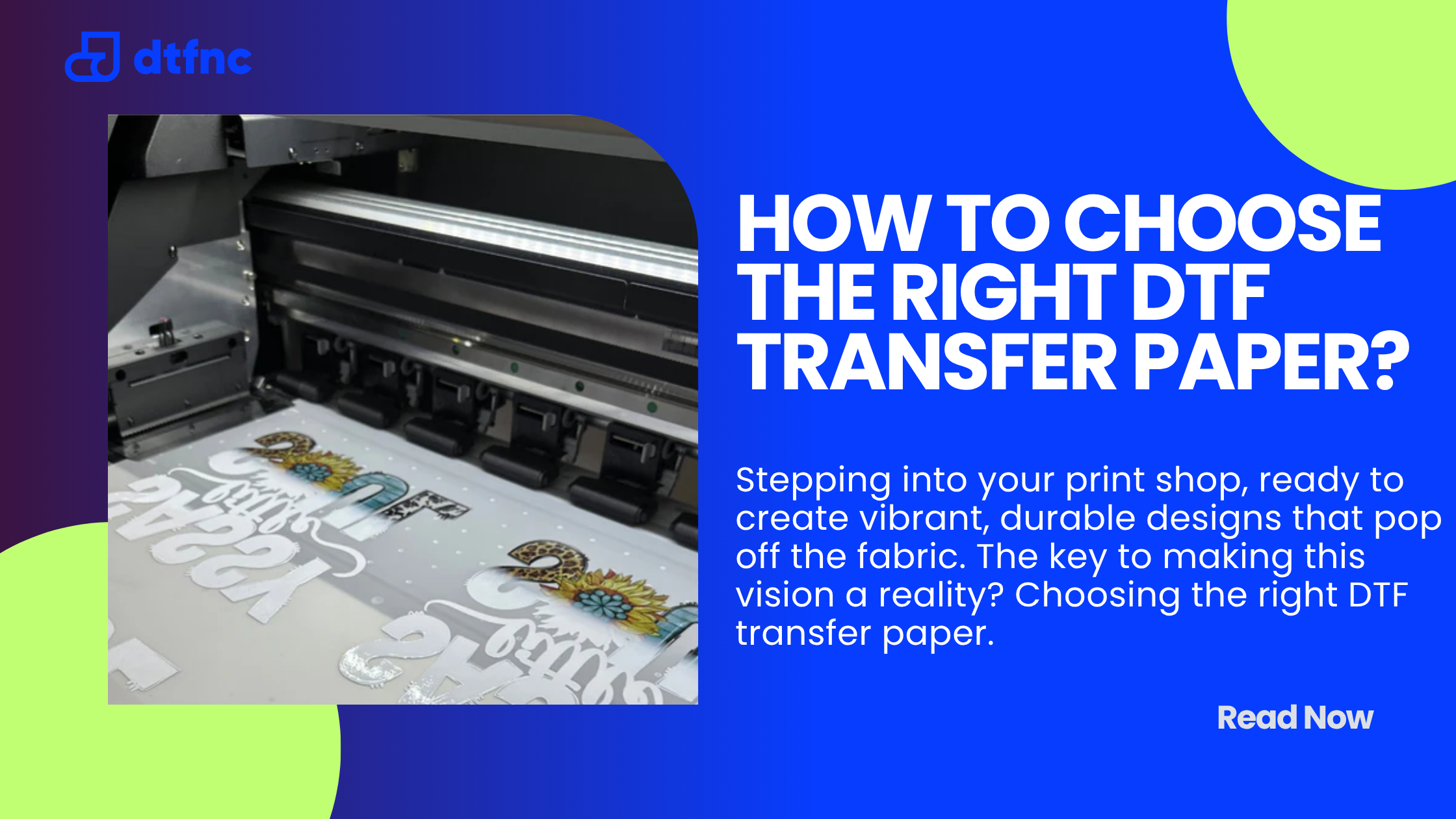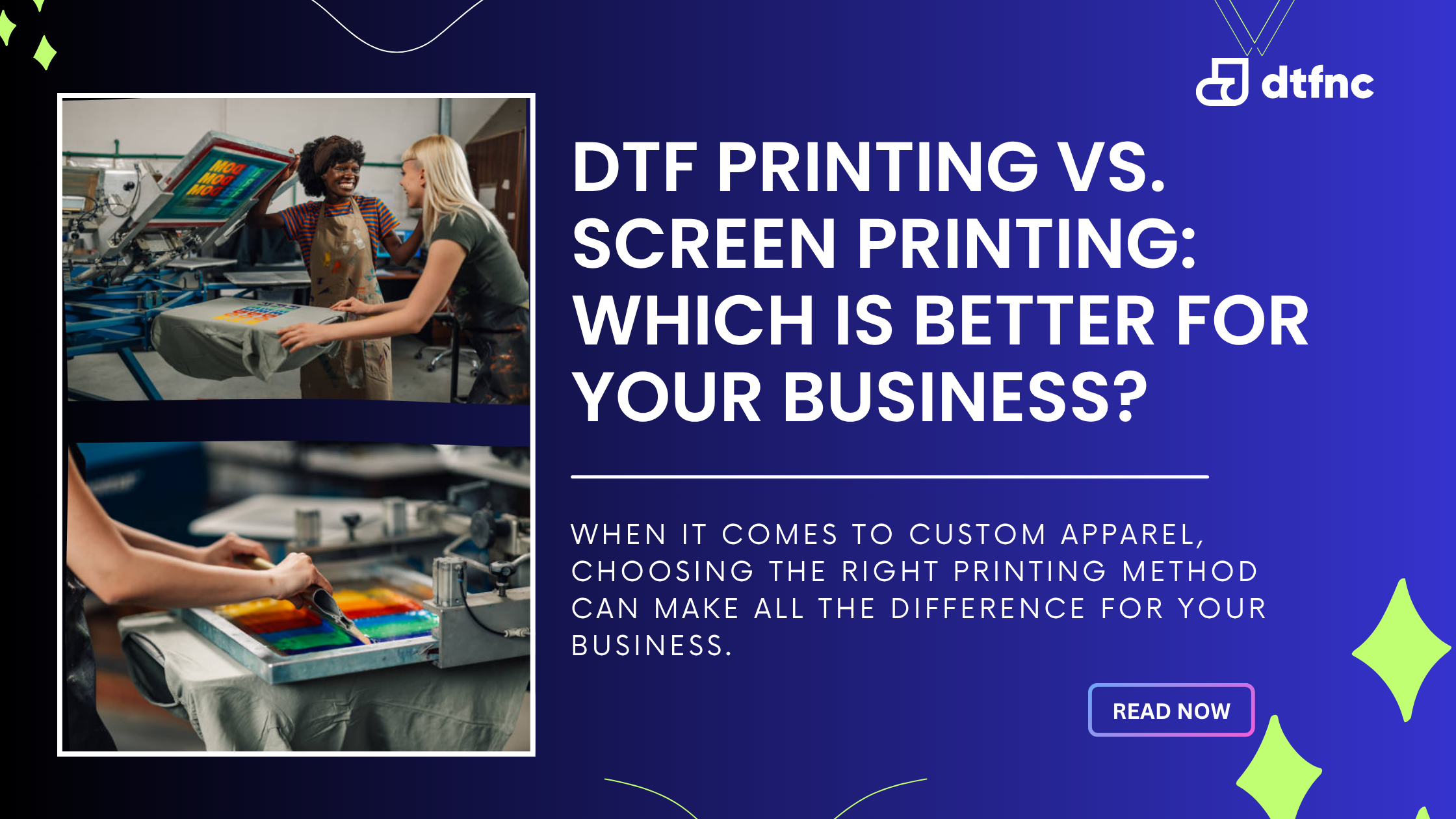If you are new to fabric transfers you could be thinking of an accessible way to begin without spending on professional heat presses. The answer is yes! With an iron in hand, you can effortlessly transfer designs using DTF to achieve long-lasting effects on many different fabrics.
This guide shows you how to apply DTF transfers with iron and guides you through the first steps of your crafting experience.
How to Apply DTF Transfers with Iron: Step-by-Step Guide

Step 1: Prepare Your Fabric
Get the fabric ready for the application of the DTF transfer. To ensure the transfer is successful it’s vital to clean and dry the fabric before use. Ensure that your fabric is clean and completely dry before you start.
Step 2: Position the DTF Transfer
Set the DTF transfer down on the fabric making sure the printed area is below it. Arrange the design carefully because this is how it will end up once it is transferred.
Step 3: Cover with Parchment Paper or Teflon Sheet
Place a bit of parchment paper or a Teflon sheet over the DTF transfer to prevent the design from attaching to the iron. This barrier is necessary to guarantee a uniform transfer and to keep your iron safe.
Also Read: How to Remove DTF from Shirt?
Step 4: Preheat Your Iron
Raise the temperature of the household iron to 300°F. For proper adherence to DTF transfers, you must disable the steam function since dry heat is necessary. Preheat the iron for a few minutes before continuing.
Step 5: Apply Heat and Pressure
Press firmly on the DTF transfer with an iron that’s been heated. Keep the iron still for around 20 to 30 seconds to distribute force evenly over the whole design. An iron may need you to shift it a bit to ensure you cover the entire design.
Step 6: Let It Cool and Peel
Let the design relax for a short while after you heat it. Afterward, gently lift the DTF transfer film off the fabric. Should any area of the design not adhere fully you can rest it back on the fabric and give it additional heat.
Step 7: Final Heat Press (Optional)
To enhance the strength of the design further you can apply a final press once the film is peeled off. Apply more heat to the design and use parchment paper to secure it completely for proper use.
Also Read: How to Convert a Printer to DTF
Tools You’ll Need for DTF transfers with iron
To apply DTF transfers with iron, here’s what you’ll need:
- DTF transfer: The image appears on a unique direct-to-film substrate.
- Household iron: Check that your iron can reach a temperature of at least 300°F.
- Parchment paper or Teflon sheet: These products will safeguard your design while transferring.
- Flat, hard surface: For best results use a strong surface like a table or countertop.
- Fabric: It may include a t-shirt a tote bag or various other fabric pieces.
Tips for Successful Iron-On DTF Transfers
- Use a rigid and flat surface to attach the DTF transfer with iron. Use rigid surfaces rather than such as an ironing board that could obstruct uniform heat distribution.
- Adjust the iron to the appropriate ironing settings and temperature. The design needs considerable heat to stick; however, too much heat may harm both the transfer and the fabric.
- When working with the DTF transfer film using an iron set it down securely and maintain concentration. Hold the iron in one place and stress it for an efficient transfer of the design.
Benefits of Using DTF Transfers with an Iron
You might be asking yourself, “Can you use an iron for DTF transfers?” The answer is yes! Even if a heat press is the usual choice for experienced users a basic iron can handle small projects and new users. Here are some benefits of applying DTF transfers with iron:
- Accessibility: A majority of homes possess an iron that allows this method to be inexpensive for novices.
- Easy setup: Making your designs is feasible without the requirement for specific equipment.
- Versatile fabric options: DTF iron on transfers enable you to work with cotton and polyester fabrics as well as blends for crafting custom clothes.
Also Read: DTF Transfer Printing Like a Pro: Insane Tips for Perfect Prints
Downsides of Using an Iron for DTF Transfers
While using an iron for DTF transfers is convenient, it does have some limitations compared to using a professional heat press:
- Inconsistent pressure: The pressure applied by household irons is uneven like that of a heat press resulting in transfers with flaws.
- Limited heat settings: Irons might not generate the correct heat needed for expert transfers.
- Small transfer areas: Irons have lower surface areas than heat presses which favors smaller design sizes.
Final Thoughts on DTF Transfers with Iron
Using DTF transfers with iron is a good choice for newcomers looking to make their clothes without spending on a heat press. Even if it demands slightly more work than standard equipment it offers an enjoyable and approachable way to produce brilliant and sturdy designs.
Why go through the hassle of applying for DTF transfers with iron at home when you can trust professionals like us to do it for you? At DTFNC, we understand your DTF needs better than anyone. From high-quality prints to durability and quick turnaround, we deliver flawless results every time.
Also Read: How Much is an Audley DTF Printer
FAQs
Can I make my own iron-on transfers?
Creating your own iron on transfer designs from DTF transfers is possible. To produce designs at home you just need a DTF printer and DTF transfer film with RIP software. You have the option to apply these designs with either a heat press or an iron.
Can you make iron-on designs with Cricut?
Using a Cricut will allow you to create iron-on designs; nevertheless, its primary function lies in the use of heat transfer vinyl (HTV). Cricut can cut shapes from printed DTF transfer designs if they’re made on suitable DTF film.
What machine do I need to make iron-on transfers?
To produce iron-on designs using the DTF technique one must obtain a DTF printer and related materials. For better results opt for a heat press; however a household iron works if you don’t need professional results.
What is the difference between iron-on and heat transfer?
Iron-on transfers usually indicate designs that use domestic irons for application while the concept of heat transfer encompasses methods like DTF and sublimation that usually demand a specialist heat press.








